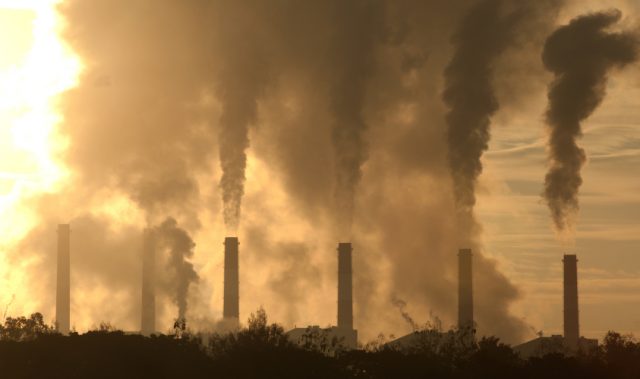
AsianScientist (Jul. 3, 2019) – Using X-ray diffraction probes, scientists at the Institute of Materials Structure Science, Tokyo Institute of Technology, Kumamoto University and the University of Tsukuba have shown how shock waves deform materials at the atomic level. Their results, published in Scientific Reports, shed light on how alloys and ceramics respond to shock waves.
The foundations of engineering lie in understanding and manipulating the structure of materials to harness their properties in creative ways. Interactions between materials take place via the exchange of forces, so predicting a material’s ability to withstand a force and how it propagates is central to developing structures with enhanced strength.
If an instantaneous strong force acting on a material results in a shock wave, the atoms may become displaced or dislocated. If the external force is not too great, the internal forces can resist and the material can return to its original state (elastic deformation). But beyond a certain limit, the force may result in permanent damage or even structural failure (plastic deformation) of the material.
Unit cells are the smallest regularly repeating three dimensional atomic structure that reflects the overall symmetry of a crystal, and studying their displacement can provide rich insights. However, observing processes at the atomic scale is very difficult. This is where x-ray diffraction comes to the rescue.
Envision a camera that allows you to capture events taking place at the atomic scale. When an x-ray encounters an atom it gets absorbed and then re-emitted by the atom. This results in the wave being scattered or diffracted in an orderly fashion, owing to the orderly arrangement of atoms in the crystal. Depending on the size, spatial arrangement and distance between the atoms, the wave is scattered in different directions with different intensity. Thus, the atomic structure is captured as signals, like a photograph of the crystal during and after the shock wave passes. This can be used to decode crystal deformation.
Motivated by this, researchers conducted an experiment to observe the deformation process of polycrystalline aluminum foil when subjected to a laser-driven shock wave. This disturbance was then captured as diffraction spots of an x-ray beam which could be simultaneously compared to the diffraction pattern of the pre-shock crystal.
“We observed grain refinement and structural changes of the polycrystalline metal, which increased with the propagation of the laser-driven shock wave. This, in turn, enabled the study of microstructural deformation in plastic shock flows from the atomic to the mesoscale level,” said study co-author Dr. Kohei Ichiyanagi of High Energy Accelerator Research Organization and Jichi Medical University.
Contemporary research of post-shock structural changes of materials often fails to highlight the process of wave dissipation and the distribution of defects. This research changes the status quo by providing a method to observe grain refinement and structural changes, including surface hardness and modification, of polycrystalline metal during shock wave loading.
Optimistic about the potential of this research, Professor Kazutaka G. Nakamura of the Tokyo Institute of Technology said, “Our technique will be valuable for revealing mechanisms of microstructural change for various alloys and ceramics based on dynamic processes.”
The article can be found at: Ichiyanagi et al. (2019) Microstructural Deformation Process of Shock-compressed Polycrystalline Aluminum.
———
Source: Tokyo Institute of Technology.
Disclaimer: This article does not necessarily reflect the views of AsianScientist or its staff.












